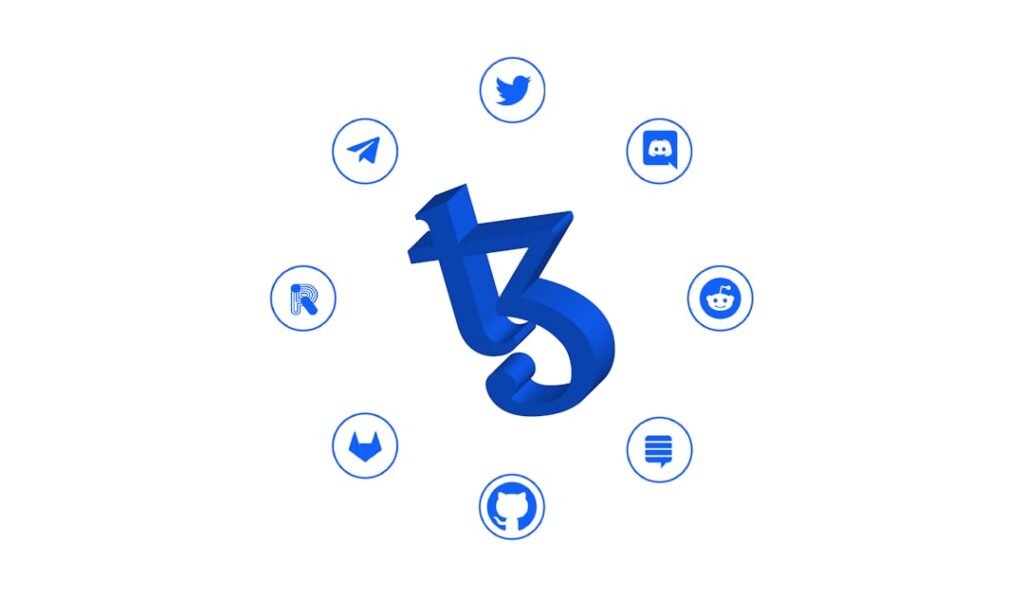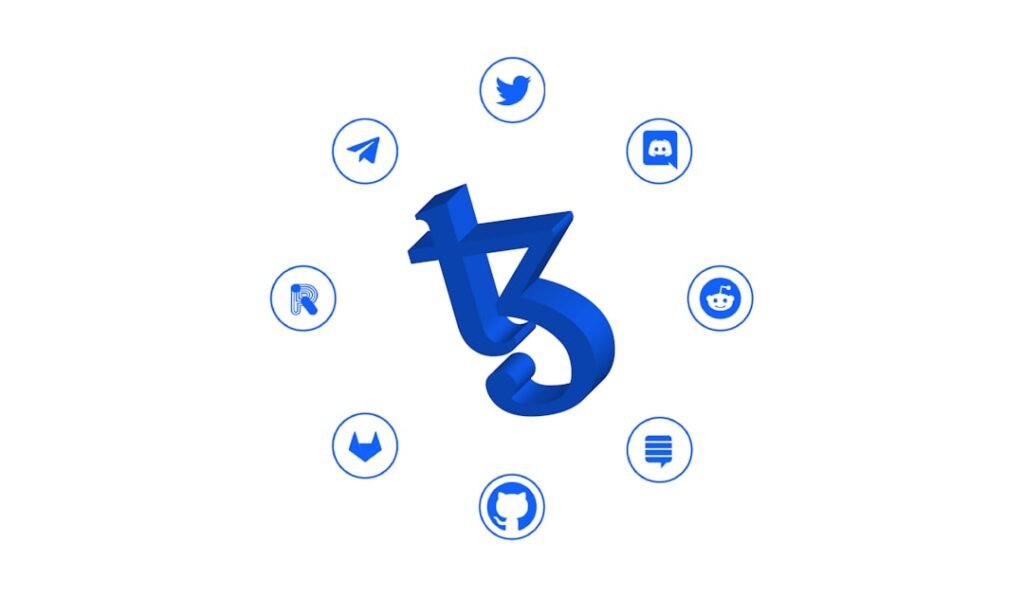The digital payments landscape is no longer a futuristic vision; it’s the present-day reality of commerce. Consumers now expect seamless, instant, and secure payment options at their fingertips. For businesses and entrepreneurs, this presents a monumental opportunity. However, the thought of building a payment application from the ground up—with its immense costs, lengthy development timelines, and complex regulatory hurdles—can be daunting enough to halt a great idea in its tracks.
But what if you could bypass years of development and launch your own fully branded, feature-rich payment app in just 30 days? This isn’t a hypothetical; it’s the strategic advantage offered by white-label digital wallet solutions.
This comprehensive guide is your 30-day roadmap. We will walk you through the entire process, from initial concept and partner selection to navigating regulations and executing a successful launch. It’s time to transform your fintech ambition into a market-ready reality.
Understanding the White-Label Model: Your Fast-Track to Market
Before diving into the timeline, it’s crucial to grasp why the white-label model is a game-changer for launching a branded payment app.
What Exactly is a White-Label Digital Wallet Solution?
Think of a white-label solution as a fully constructed, market-tested, and secure digital wallet platform. A specialized technology provider has already done the heavy lifting: building the core infrastructure, ensuring security compliance, and developing essential features. You, the client, license this platform and apply your own branding, logo, color scheme, and user interface.
Essentially, the provider gives you a powerful, unbranded engine, and you build your unique, branded car around it. The end-user sees and interacts only with your brand, completely unaware of the underlying white-label provider.
Key Advantages Over Building from Scratch
Choosing a white-label solution isn’t just a shortcut; it’s a strategic business decision with compelling benefits.
| Factor | Building from Scratch | White-Label Solution | Advantage |
|---|---|---|---|
| Time to Market | 12-24+ Months | 4-6 Weeks | Launch incredibly fast, capturing market opportunities before competitors. |
| Upfront Cost | 500,000−500,000−2,000,000+ | 25,000−25,000−100,000+ | Dramatically lower financial barrier to entry, preserving capital for marketing and growth. |
| Technical Risk | High (bugs, scalability issues) | Low | Built on a proven, tested, and stable technology stack already used by others. |
| Regulatory Burden | Full responsibility for licensing and compliance | Significantly Reduced | The provider’s platform is pre-built to meet standards like PCI-DSS, and they often provide compliance-as-a-service. |
| Resource Focus | Heavy focus on engineering & development | Focus on Business Growth | Frees your team to concentrate on what they do best: marketing, user acquisition, and strategy. |
The 30-Day Launch Plan: A Phased, Actionable Guide
Here is the step-by-step plan to take your concept to a live application in one month.
Phase 1 (Days 1-7): Strategy and Partner Selection
This initial week is the most critical. The decisions you make here will set the foundation for your entire project.
H3: Days 1-3: Market Validation and Defining Your Niche
A successful payment app solves a specific problem for a specific audience. Don’t aim to build a generic wallet. Instead, ask the hard questions:
- Who is your target user? (e.g., gig economy workers, international students, members of a specific retail community, residents of an apartment complex).
- What is their primary pain point? (e.g., high remittance fees, difficulty splitting bills, lack of cashless options at local merchants).
- What is your Unique Value Proposition (UVP)? How will your app solve this problem better than anyone else? Perhaps it’s through lower fees, integrated loyalty rewards, or a hyper-localized merchant network.
- Quick Competitor Scan: Identify existing players. What do they do well? Where are their weaknesses? Your opportunity lies in those gaps.
H3: Days 4-7: Selecting the Right White-Label Technology Partner
Choosing your technology partner is like choosing a co-founder. Due diligence is non-negotiable. Use this checklist to evaluate potential providers:
- Technology & Scalability: Is their platform built on a modern, scalable architecture? Can it handle 10,000 users today and 10 million tomorrow?
- Core Feature Set: Do they offer the essential features you need out-of-the-box? (More on this below).
- Security & Compliance Certifications: This is paramount. The provider must be PCI-DSS compliant. Ask about their fraud detection systems, data encryption standards, and penetration testing reports.
- Branding & Customization Flexibility: How much control will you have? Can you just change the logo, or can you customize the entire user journey, button placements, and workflows?
- API and Integration Support: Does the platform have robust APIs? This is crucial if you want to integrate the wallet with an existing e-commerce site, loyalty program, or other third-party services.
- Regulatory Support: Does the provider operate under their own E-Money Institution (EMI) or equivalent license? Can you leverage their license as an agent or distributor? This can save you months or years of legal work.
- Support & SLA: What level of technical support do they provide during and after launch? What are their guaranteed uptime and response times (Service Level Agreement – SLA)?
- Pricing Model: Understand the costs clearly. Is it a one-time setup fee, a monthly SaaS subscription, a percentage of transaction revenue, or a combination? Model this against your business plan.
Phase 2 (Days 8-20): Customization and Integration
With a partner selected, you now move into the configuration and branding phase.
H3: Days 8-12: Deep Branding and UI/UX Customization
This is where the pre-built platform becomes your app. It’s more than just adding a logo.
- Gather Your Brand Assets: You will need to provide your partner with:
- High-resolution logos (for the app icon, splash screen, and in-app usage).
- Your brand’s color palette (primary, secondary, and accent colors).
- Typography guidelines (font families).
- Theme the Application: Work with the provider’s team to apply your brand identity across the entire app, ensuring every screen, button, and menu reflects your company’s look and feel.
- Customize User Flows: A good white-label solution allows you to tweak user journeys. For example, you might want to simplify the registration process or add a unique step related to your niche.
H3: Days 13-16: Configuring Essential Wallet Features
Your chosen partner will now enable and configure the core functionalities of your digital wallet. Ensure your solution includes these non-negotiable features:
- Robust Security:
- Multi-Factor Authentication (MFA): Secure login using SMS OTPs or authenticator apps.
- Biometric Login: Frictionless access via Face ID or fingerprint scanning.
- End-to-End Encryption: Protecting all user data and transaction information both in transit and at rest.
- Seamless Onboarding (KYC/AML):
- Identity verification is a legal requirement. Your platform must integrate with automated Know Your Customer (KYC) and Anti-Money Laundering (AML) solutions to verify user identities quickly and compliantly.
- QR Code Payments:
- The backbone of modern in-person payments. This allows users to pay merchants by scanning a code and merchants to request payment by generating one. It’s fast, contactless, and secure.
- Peer-to-Peer (P2P) Transfers:
- The ability for users to instantly send money to each other within your app ecosystem using just a phone number or username.
- Bill Payments & Mobile Top-Ups:
- A key driver of user engagement. Integrate with biller aggregators to allow users to pay for utilities, internet, and other recurring services directly from the app.
- Transaction History:
- A clear, searchable, and detailed record of all transactions, giving users full control and visibility over their finances.
H3: Days 17-20: Navigating Regulatory Hurdles
While your white-label provider handles the technical compliance, you are responsible for the business compliance.
Crucial Insight: You are not just buying software; you are entering a regulated financial services partnership.
- Understanding the Licensing Model: Clarify the legal structure. In most cases, the white-label provider holds the primary financial license (like an EMI license). You operate as their “agent” or “program manager.” This means you are bound by their compliance framework.
- Defining Your Policies: You will need to work with the provider to finalize your company’s specific KYC, AML, and data privacy policies. Your provider will offer a template, but you must understand and formally adopt it.
- Data Privacy: Ensure you have a clear Privacy Policy that explains how user data is collected, stored, and used, in compliance with regulations like GDPR (in Europe) or CCPA (in California). Your provider should give you all the necessary technical details to include.
Phase 3 (Days 21-30): Testing, Finalizing, and Launching
The finish line is in sight. This final phase is all about quality assurance and market preparation.
H3: Days 21-25: End-to-End User Acceptance Testing (UAT)
The provider will give you access to a “staging” version of your app. Your job is to test it relentlessly from an end-user’s perspective. Assemble a small team and run through every possible scenario:
- Can a new user register and complete KYC smoothly?
- Can a user add funds to their wallet via credit card or bank transfer?
- Does the QR code payment flow work flawlessly with a test merchant account?
- Can User A send money to User B instantly?
- Does paying a utility bill work correctly?
- Is the transaction history accurate and easy to understand?
- What happens when a user forgets their password?
- Test on both iOS and Android, and on various device models.
Document every bug or visual glitch and report it back to the provider for fixing.
H3: Days 26-28: Preparing for App Store Submission
While your provider handles the technical process of submitting the app to the Apple App Store and Google Play Store, you must provide the marketing materials:
- App Name: Final, branded name.
- App Description: Compelling, keyword-rich text explaining what your app does.
- Keywords/Tags: To help users discover your app.
- Screenshots: High-quality images showcasing the app’s key features.
- App Icon: Your final, polished icon design.
- Privacy Policy URL: A link to the policy hosted on your website.
H3: Day 29-30: Final Checks and Go-to-Market Execution
The app is approved and ready to go live. Use the final two days for launch preparation.
- Customer Support Readiness: Ensure your FAQ page is live and your support team (even if it’s just you) is ready to handle inquiries.
- Marketing Activation: Prepare your launch day announcements for social media, email newsletters, and your website.
- Final Sanity Check: Do one last run-through of the live application.
- Press the “Go” Button: Coordinate with your provider to make the app publicly available for download.
Beyond the Launch: Scaling Your Branded Payment App
Launching in 30 days is just the beginning. The real journey starts now.
- Gather Feedback: Actively listen to your first users. Their feedback is gold. Use it to plan your feature roadmap.
- Analyze Data: Use the analytics dashboard provided by your partner to understand user behavior. Which features are most popular? Where do users drop off? This data should drive your business strategy.
- Scale Your Marketing: With a stable product in the market, you can now confidently ramp up your user acquisition efforts.
- Expand Your Services: Work with your provider to add value-added services over time, such as virtual/physical card issuance, cross-border remittances, micro-lending, or insurance products.
The dream of launching a fintech company is now more accessible than ever. By leveraging the power, speed, and security of a white-label digital wallet solution, you can bypass the traditional barriers to entry. By following this 30-day plan, you can strategically and efficiently turn your vision into a polished, branded, and market-ready payment application, positioning yourself to capture your unique share of the digital finance revolution.












